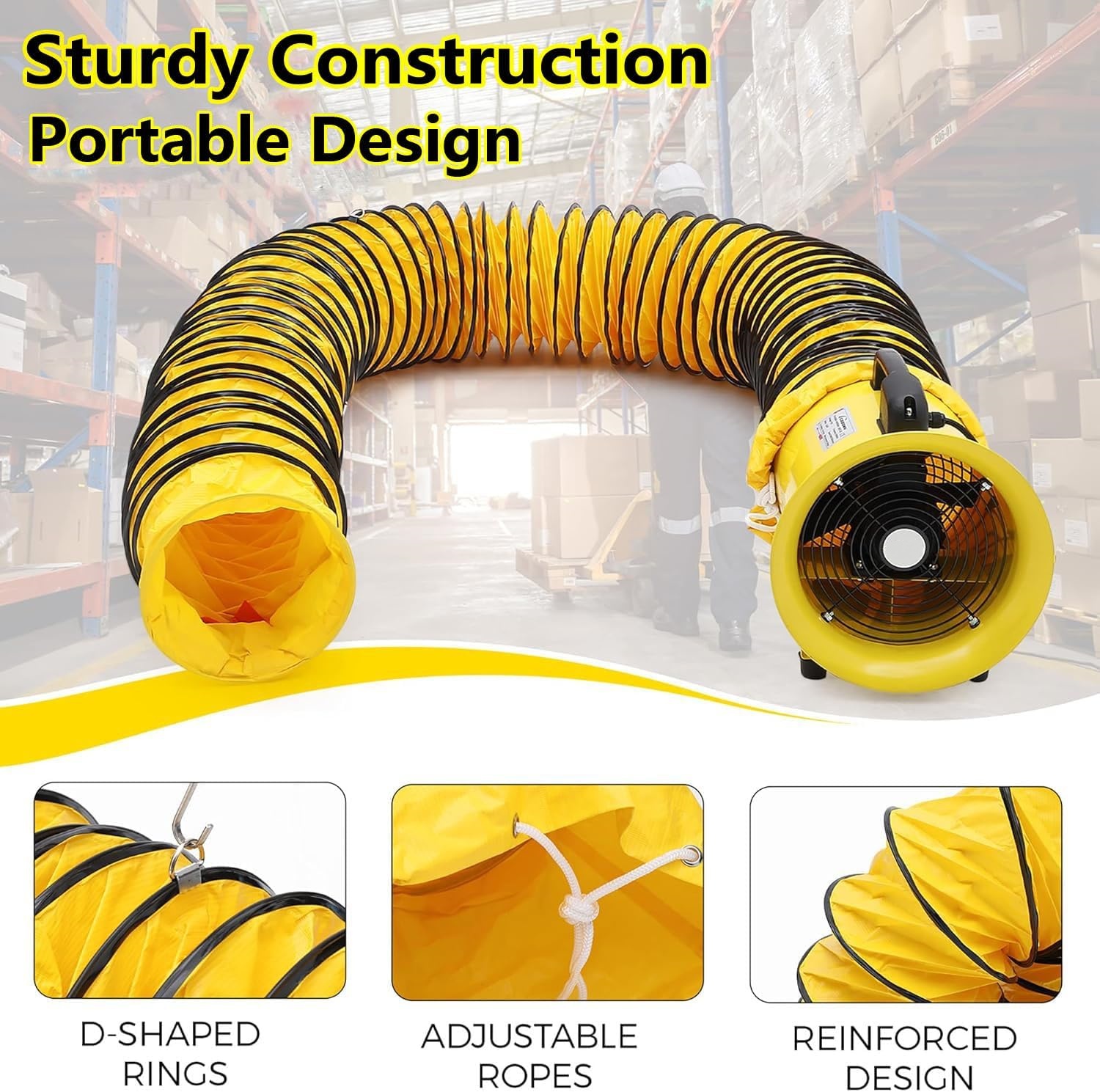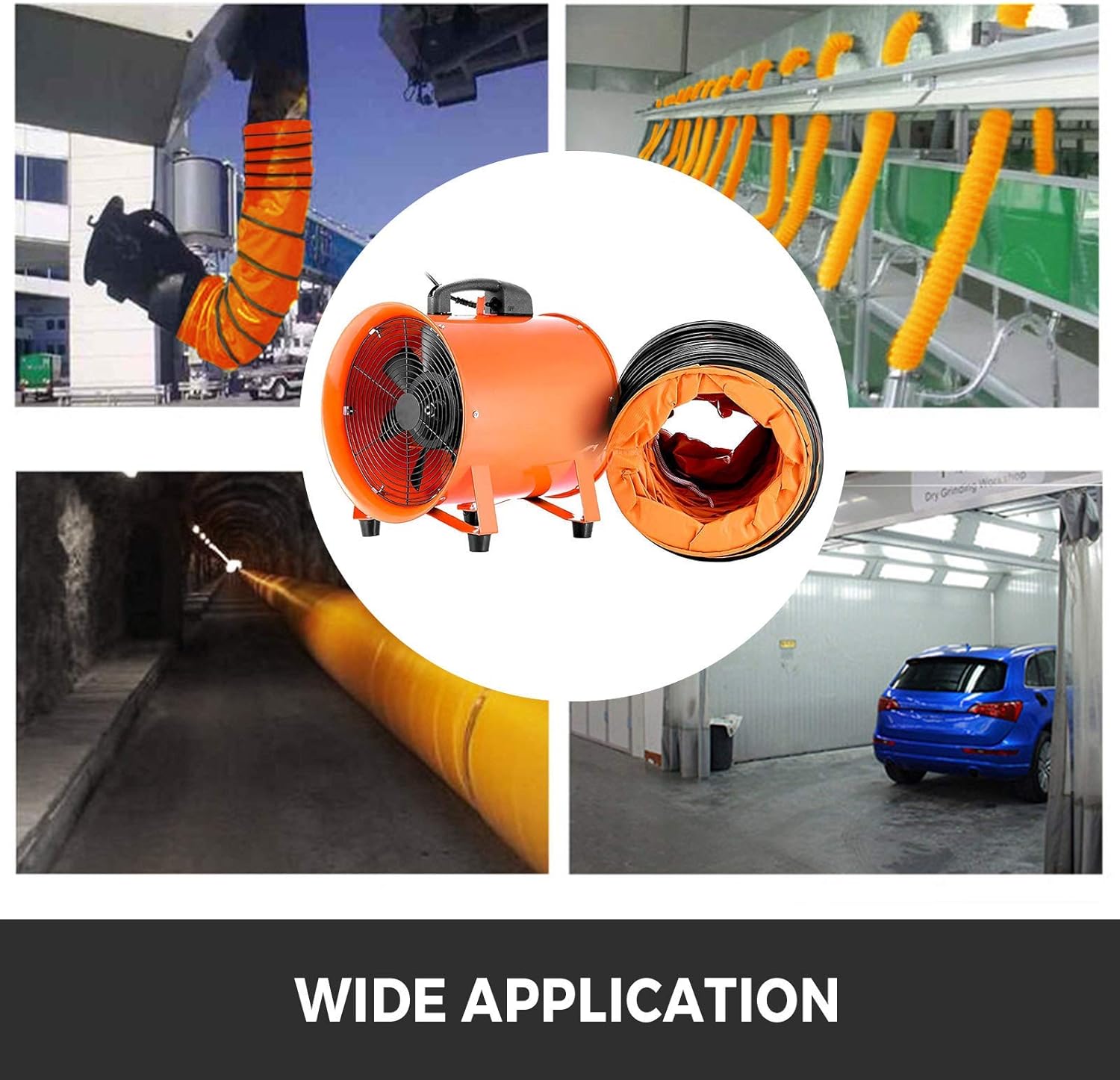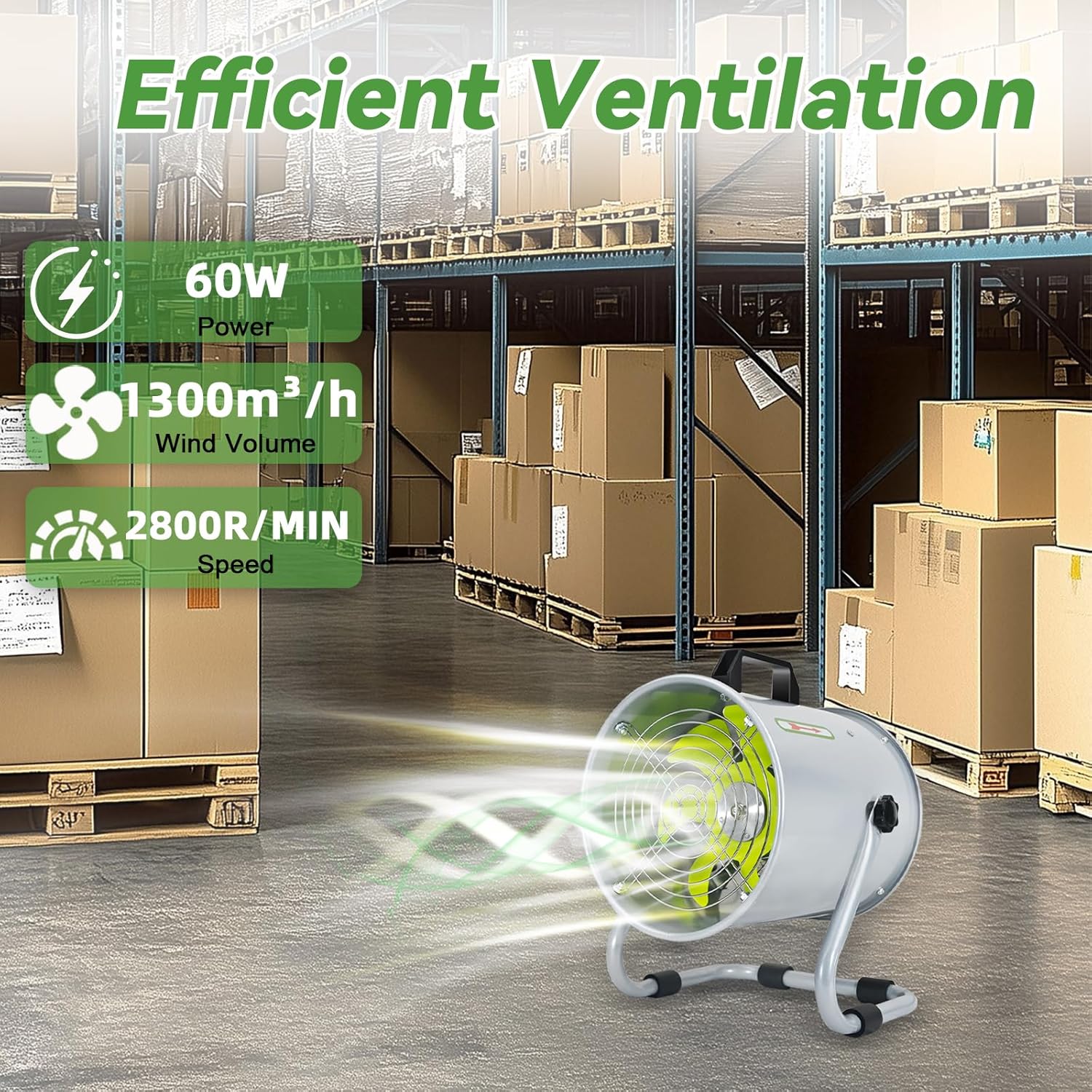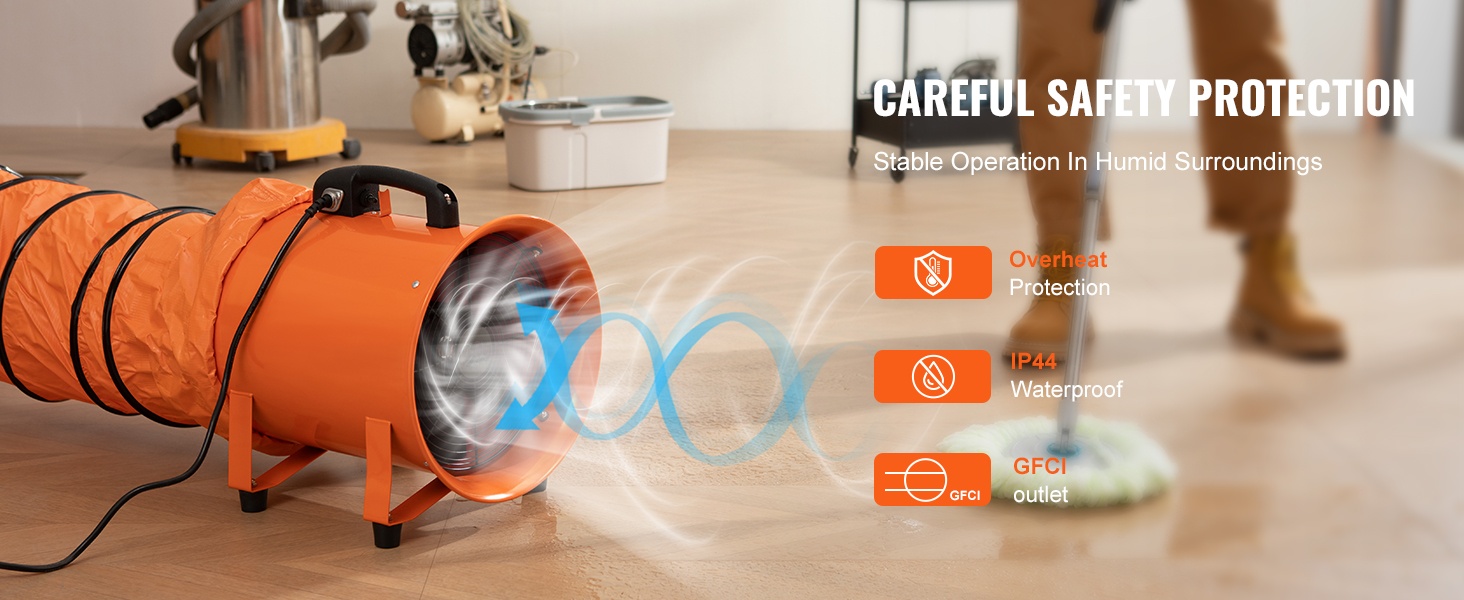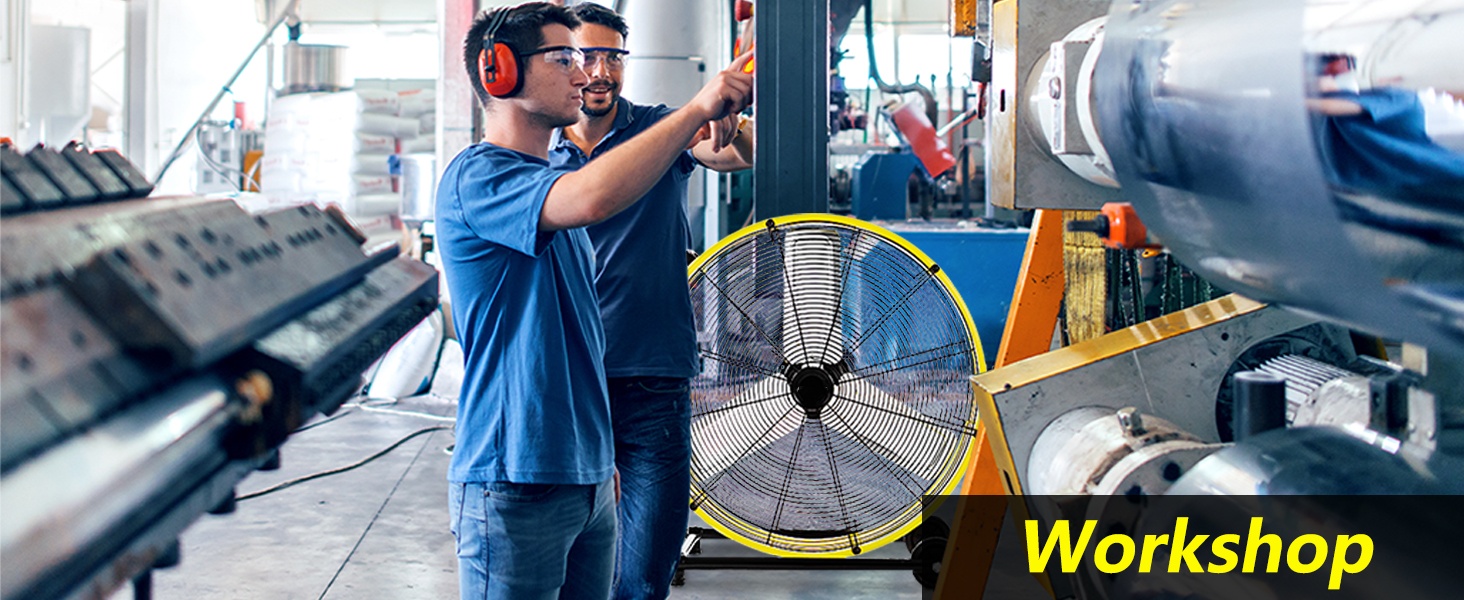The world of the modernindustrial fanis rapidly evolving. Once seen as simple, utilitarian machines for air circulation, today’s models are at the forefront of engineering innovation, driving trends in energy efficiency, operational safety, and even industrial design. As facilities become more sophisticated, the demand for high-performance ventilation solutions has pushed manufacturers to rethink every component, from blade aerodynamics to housing materials, creating a new generation of powerful and intelligent air movers that are essential for contemporary workspaces.
Aesthetic and Material Innovation

Gone are the days when industrial equipment was purely about function at the expense of form. A significant trend is the fusion of robust performance with modern aesthetics. We see this in recent models featuring boldly colored, aerodynamically optimized blades and sleek, powder-coated housings. This shift is not just cosmetic; the use of high-grade, corrosion-resistant metals and durable polymers ensures a longer lifespan in harsh environments. These advancedindustrial ventilation fansare designed to look as professional as they perform, reflecting a facility's commitment to quality and modernity. This trend highlights that durability and visual appeal can coexist, turning essential equipment into a statement of innovation that enhances the entire workspace.
The Push for Peak Energy Efficiency
Another critical trend is the relentless pursuit of energy efficiency. With rising energy costs and a greater focus on sustainability, the performance of anindustrial exhaust fanis now measured not just by its airflow capacity but also by its energy consumption. Modern fans integrate highly efficient motors with precision-engineered blades that maximize air movement while minimizing power draw. This focus on optimization is a core component of advancedHVAC industrial fanssystems, where every part must work in harmony to reduce operational costs. The result is a fan that delivers powerful, reliable ventilation without placing an undue burden on a facility's energy budget, making it a smart, future-proof investment.
Enhanced Versatility and Integrated Safety
Adaptability is a key driver in the current market for air movement solutions. Today'sindustrial fansare engineered for ultimate versatility, with designs that allow for horizontal, vertical, or wall-mounted installations to fit diverse spatial constraints and application requirements. From large-scaleindustrial ceiling fansthat distribute air evenly across vast warehouse floors to compact axial models for targeted cooling, the options are increasingly tailored to specific operational needs. Alongside this versatility is an unwavering commitment to safety. Robust protective grilles are now standard, preventing accidental contact with moving parts without impeding airflow. This combination of adaptability and built-in safety ensures that today's fans can be seamlessly and securely integrated into any industrial workflow, from manufacturing plants to agricultural greenhouses.
Looking Ahead: The Integrated Future
The trajectory for theindustrial fanpoints towards greater integration and intelligence. We are seeing a convergence of superior design, peak energy efficiency, and multi-functional versatility. These aren't just air movers anymore; they are critical components of a healthy, safe, and productive industrial ecosystem. As businesses continue to seek comprehensive, one-stop solutions for their operational needs, the demand for technologically advanced fans that blend power, precision, and durability will only grow. This evolution is cementing their place as indispensable assets in the modern industrial landscape, promising a future of smarter, more efficient, and safer workplaces.

